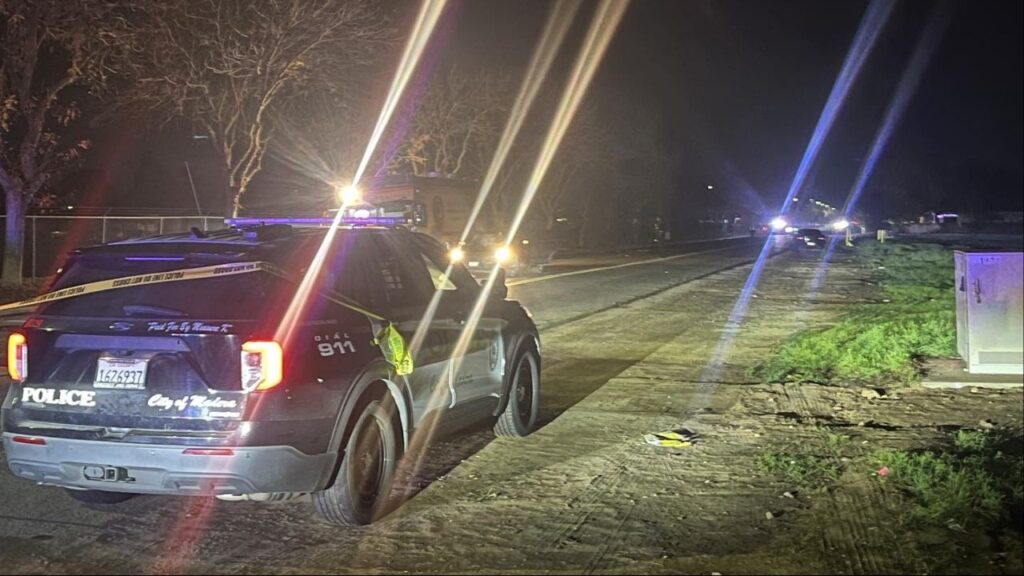Share
California State Auditor Elaine Howle says prison realignment contributed to overcrowded jails in Fresno and Los Angeles, but criticized the counties for inadequate efforts to manage their inmate populations. Her findings are included in a newly released audit.
In 2011, Governor Jerry Brown signed Assembly Bill 109, which shifted to counties the responsibility for monitoring, tracking, and incarcerating lower-level offenders previously bound for state prison.

“Contrary to Fresno’s claim that overcrowding never occurs, as we state here of our report, its jails have generally exceeded the State’s jail capacity standards since 2013.”–Elaine Howle, California State Auditor
During the last decade, the jail populations in Fresno and Los Angeles have generally exceeded capacities, according to Howle.
“To address this overcrowding, both counties have released thousands of inmates early. However, the two counties each still fail to comply with the State’s jail capacity standards, which determine how many inmates county jails can accommodate,” the report states.
In a response to the overcrowding criticism reported in the audit, the Fresno County Sheriff’s Office says its numbers tell a different story.
“Overcrowding never occurs, and federal set capacity levels are never exceeded,” the Sheriff’s Office said.
The discrepancy stems from whether to follow federal or state standards. The auditor’s response back to the Sheriff’s Office says they should be following the latter.
“Contrary to Fresno’s claim that overcrowding never occurs, as we state here of our report, its jails have generally exceeded the State’s jail capacity standards since 2013,” the auditor states. “Although Fresno explains that it has complied with the federal court order, which includes more lenient requirements than the State’s jail capacity standards, this adherence does not alleviate it from its obligation to comply with state regulations.”
Report’s Other Findings
- Alameda and Fresno lack sufficient information regarding whether inmates have mental illnesses, which hinders their ability to make critical housing and care decisions to keep inmates safe.
- Alameda’s and Fresno’s mental health providers do not share sufficient information with their jail staff about inmates who have mental illnesses. As a result, they deprive jail staff of critical information needed to make housing and supervision decisions to keep these inmates and others safe.
- Counties have not fully reported to the state all of their realignment funding sources that are meant to fund public safety realignment and have limited their oversight to only a small portion of the funding. Specifically, in Alameda and Fresno, the Partnership Committees, which state law intended to provide oversight of realignment spending, have generally planned for and overseen the funds of just one of 10 public safety realignment accounts—the Community Corrections account.
Recommendations
Howle recommends the following:
- To comply with the state’s jail capacity standards, Los Angeles and Fresno should take steps to address overcrowding in their jails, while ensuring public safety.
- To ensure that county jails have sufficient information to determine appropriate housing and supervision of inmates with mental illnesses, by June 2021 Alameda and Fresno should develop a process requiring mental health providers to share with jail staff the mental status of all inmates.
- To ensure that the counties prudently and appropriately spend realignment funds, the Partnership Committees in Alameda, Fresno, and Los Angeles should annually review and make budget recommendations for all public safety realignment accounts.
- To ensure that the programs and services they provide with public safety realignment funds are effective, Alameda, Fresno, and Los Angeles should conduct evaluations of the effectiveness of these programs and services at least every three years.
- To ensure that the counties report accurate and consistent information to the Corrections Board, Alameda, Fresno, and Los Angeles should consistently report all law enforcement and non‑law enforcement expenditures funded through the accounts that constitute public safety realignment.
RELATED TOPICS:
Categories

7-Eleven Inc Says CEO Jeo DePinto to Retire


















